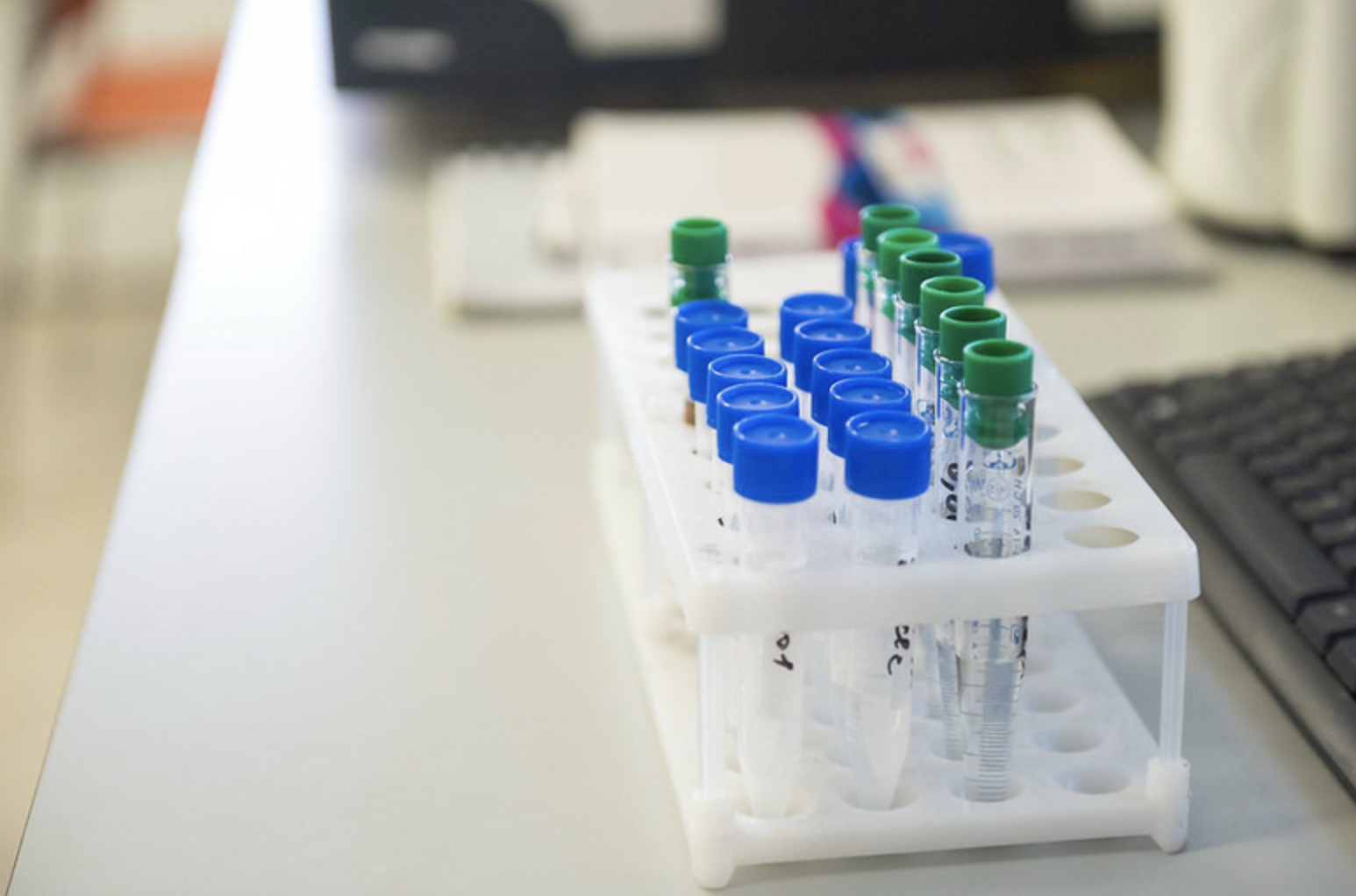A team of scientists from Moscow University (MSU), the Kurchatov Institute, NUST MISIS and other Russian universities, with the participation of colleagues from the South Korean Dankuk University, synthesized a safe antimicrobial drug for the body based on silver nanoparticles and miramistin.
This was reported in the journal Nanomaterials.
As noted, scientists modified the surface of silver nanoparticles using a stabilizer - a well-known antiseptic miramistin.
As a result, they managed to obtain a non-toxic drug that is a nanostructured antibiotic with a broad spectrum of action and is not addictive, the researchers say.
Since ancient times, not only the beneficial properties of silver have been known, but also its side effects, which had to be neutralized, experts explain.
“Silver is effective against a wide range of bacterial, fungal pathogens and even some viruses, this is a scientifically proven fact.
This metal provokes oxidative stress and leads to the destruction of most pathogens, "said Alexander Gusev, one of the co-authors of the study, a senior researcher at NUST MISIS, in an interview with RT.
“However, the use of silver is limited because it is toxic to healthy cells.
To protect the body from toxins, we have included miramistin, which also has its own antibacterial effect, ”he added.
The new antibiotic contains silver nanoparticles and miramistin, which protects body cells from toxins
© NUST MISIS Press Service
As the scientists explained, the silver nanoparticle is “packed” in a protective shell made of a stabilizer.
Moreover, it not only does not lose its properties, but also does not harm healthy cells.
To assess the toxicity of the drug for the small intestine and liver when administered through the gastrointestinal tract, an animal experiment was carried out.
The laboratory mice were injected with silver nanoparticles 30–60 nm in size, stabilized by miramistin.
By introducing different doses of the drug, the researchers were able to find a dosage that did not cause significant harm to the body.
“The absence of significant entero- and hepatotoxic effects after a single exposure was found when using dosages less than 4 mg / kg,” said Alexander Gusev.
The study of the drug will continue in preclinical and clinical studies, which will take at least seven years.
According to Gusev, this is the standard term for bringing the drug to the market.
The team of scientists also continues a series of experiments within the framework of solving a large-scale task of obtaining new nanostructured antibiotics of a wide spectrum of action that will not be addictive.

